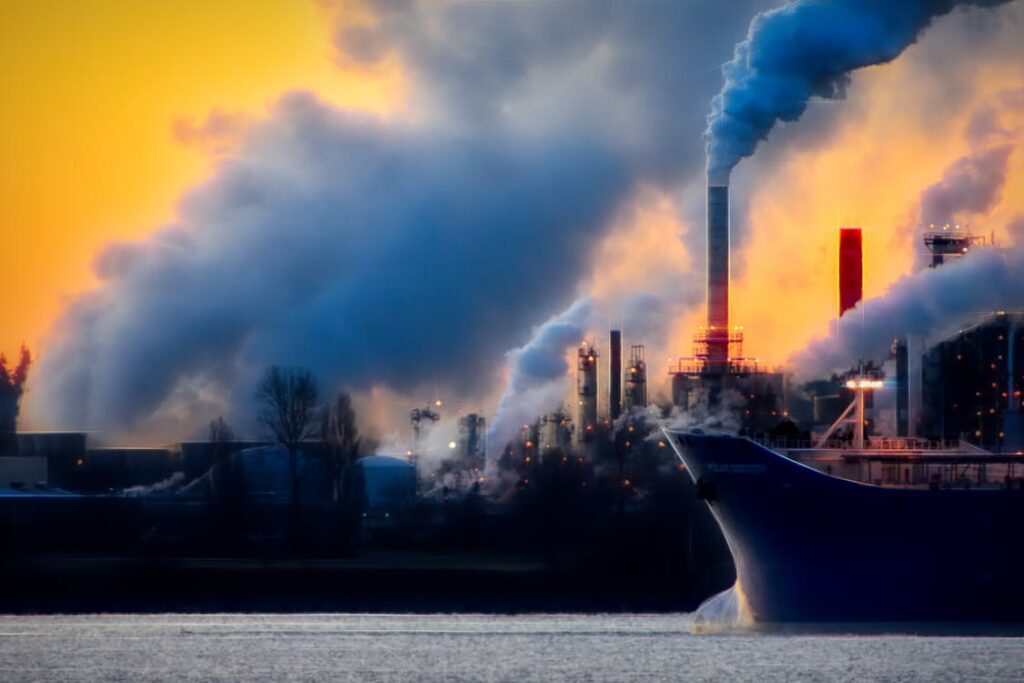Introduction
As the world grapples with the escalating impacts of climate change, the scenario of an impending doomsday becomes more plausible. This blog delves into the catastrophic consequences of unchecked carbon emissions and outlines actionable strategies to reduce our carbon footprint, thus averting a potential global disaster.
Main Content
The Doomsday Scenario
The concept of Earth facing a doomsday is not just a plot for science fiction movies; it’s a potential reality if we continue to ignore the escalating carbon emissions. Here are some scenarios that could unfold:
- Rising Sea Levels: As polar ice caps melt, sea levels will rise, inundating coastal cities and displacing millions of people.
- Extreme Weather Events: More frequent and severe hurricanes, droughts, and wildfires will become the new normal, affecting food production and water supply.
- Loss of Biodiversity: Increased temperatures and changing climates will lead to the extinction of many species, disrupting ecosystems.
- Economic Instability: The financial burden of disasters, along with the loss of arable land and productivity, will lead to economic downturns and increased poverty.
Reducing Carbon Footprint: Practical Steps
To combat these dire predictions, here are practical steps that individuals, communities, and governments can adopt:
- Shift to Renewable Energy: Investing in solar, wind, and hydroelectric systems reduces reliance on fossil fuels.
- Enhance Energy Efficiency: Upgrading to energy-efficient appliances and improving home insulation can significantly cut down on energy usage.
- Promote Sustainable Transportation: Encouraging the use of public transport, cycling, walking, and electric vehicles can decrease carbon emissions.
- Support Reforestation: Planting trees and restoring forests will help absorb CO2 from the atmosphere.
- Advocate for Policy Changes: Supporting policies that enforce emission reductions and sustainability initiatives is crucial.
Conclusion
By understanding the severe implications of not reducing our carbon footprint and actively engaging in these mitigation strategies, we can steer clear of a catastrophic future and ensure a sustainable planet for future generations.
Additional Information
For further reading and resources on climate change and sustainability practices, visit reputable environmental websites and scientific journals.




